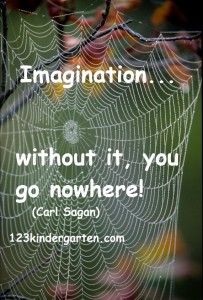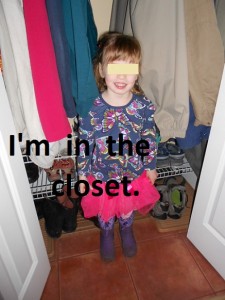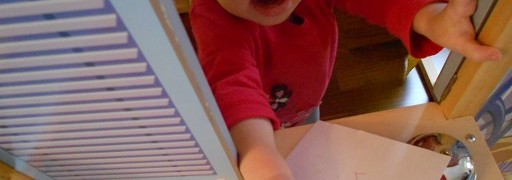Have you come across the article about a magical childhood by Bunmi Laditan? Making a childhood magical doesn’t require a magic wand, or that parents and caregivers be magicians—altho we often are. This is the second in a series of blog posts about ways to weave some spells for kids.
Magic Needs Imagination:
Although it’s not listed as a factor in intelligence, imagination is a tremendously powerful tool of the mind. In the words of Carl Sagan, “Imagination will often carry us to worlds that never were, but without it we go nowhere.” Could you use a few tricks to help your child develop and use imagination? Here are some abracadabras:
- Read books and tell stories–magic on every page.
- Change the endings of the characters. There’s a wonderful story about Goldilocks and the Three Dinosaurs by Mo Willems that want Goldilocks to stay so she can be lunch. Kids catch on to the humor and find the story very funny. You and your child can make up something similar with 3 of practically anything.
- Turn ordinary into extraordinary. For example, make up a conversation between a fork and spoon when unloading the dishwasher. When folding the clean laundry, slip a sock on your hand and have the sock tell where to put the clean clothes, like the fridge and other mixed up places. Put a sock on your child’s hand that tells the right way to do it.
- When riding on the bus, imagine if it goes someplace else like to the moon, or across the ocean.
- At mealtimes, add a voice for the table.
- When it’s bathtime, maybe the tub can be the ocean.
Imagination is not something confined to childhood. It’s also a valuable skill in adulthood. Many companies require people with highly developed imaginations for new ideas, products, and solutions. Imaginative activities require little or no expense. They can be done anywhere, anytime, and with anything. Does imagination have a part in your child’s play?




